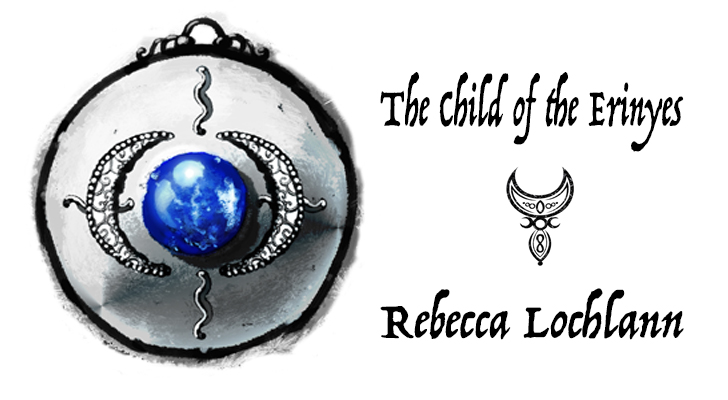Calendar: The Year-god’s Daughter
From The Greek Myths, by Robert Graves:
15: “Time was first reckoned by lunations, and every important ceremony took place at a certain phase of the moon; the solstices and equinoxes not being exactly determined but approximated to the nearest new or full moon. The number seven acquired peculiar sanctity, because the king died at the seventh full moon after the shortest day. Even when, after careful astronomical observations, the solar year proved to have 364 days, with a few hours left over, it had to be divided into months – that is, moon-cycles – rather than into fractions of the solar cycle. These months later became what the English speaking world still calls ‘common law months’, each of twenty-eight days; which was a sacred number, in the sense that the moon could be worshipped as a woman, whose menstrual cycle is normally twenty-eight days, and that this is also the true period of the moon’s revolutions in terms of the sun. The seven day week was a unit of the common-law month, the character of each day being deduced, it seems, from the quality attributed to the corresponding month of the sacred king’s life. This system led to a still closer identification of woman with moon and, since the 364-day year is exactly divisible by twenty-eight, the annual sequence of popular festivals could be geared to these common-law months. As a religious tradition, the 13 month years survived among European peasants for more than a millennium after the adoption of the Julian Calendar; thus Robin Hood, who lived at the time of Edward II, could exclaim in a ballad celebrating the May Day festival: How many merry months be in the year? There are thirteen, I say . . .
This system probably evolved in matriarchal Sumeria.
Thus the sun passed through thirteen monthly stages, beginning at the winter solstice when the days lengthen again after their long autumnal decline. The extra day of the sidereal year, gained from the solar year by the earth’s revolution around the sun’s orbit, was intercalated between the thirteenth and the first month, and became the most important day of the 365, the occasion on which the tribal Nymph chose the sacred king, usually the winner of a race, a wrestling match, or an archery contest.”
From The Myth of the Goddess, Evolution of an Image, by Anne Baring and Jules Cashford:
“The Cretan New Year began at the summer solstice, when the heat was at its greatest, and 20 July was the day when the great star Sirius rose in conjunction with the sun, as it did also in Sumeria and Egypt. The rising of Sirius ended a forty-day ritual during which honey was gathered from the hives of the bees in the darkness of the caves and the woods. The honey was then fermented into mead and drunk as an intoxicating liquor….”
The Months of The Child of the Erinyes series, Bronze Age segments:
- 1st lunation: Moon of white light. New Year, includes the holy “Day out of Time.” Typically extreme heat. The Games. Sacrifice of king
- 2nd lunation: Moon of figs and acorns
- 3rd lunation: Moon of field poppies. Harvest of grapes
- 4th lunation: Moon of winemaking
- 5th lunation: Moon of the olive harvest
- 6th lunation: Moon of flying swans
- 7th lunation: Moon of drenching rain
- 8th lunation: Moon of asphodel and honeysuckle. Aridela’s birthday
- 9th lunation: Moon of flowering apples
- 10th lunation: Moon of water ferns. Iphiboë’s birthday
- 11th lunation: Moon of fertile willows
- 12th lunation: Moon of laurel leaves. Menoetius and Chrysaleon’s birthdays
- 13th lunation: Moon of meadmaking. Themiste’s birthday
Photo: “GingilosNorthFace1(js)” by Jerzy Strzelecki – Own work. Licensed under Creative Commons Attribution-Share Alike 3.0 via Wikimedia Commons – http://commons.wikimedia.org/wiki/File:GingilosNorthFace1(js).jpg#mediaviewer/File:GingilosNorthFace1(js).jpg










Leave a comment
Comments 0